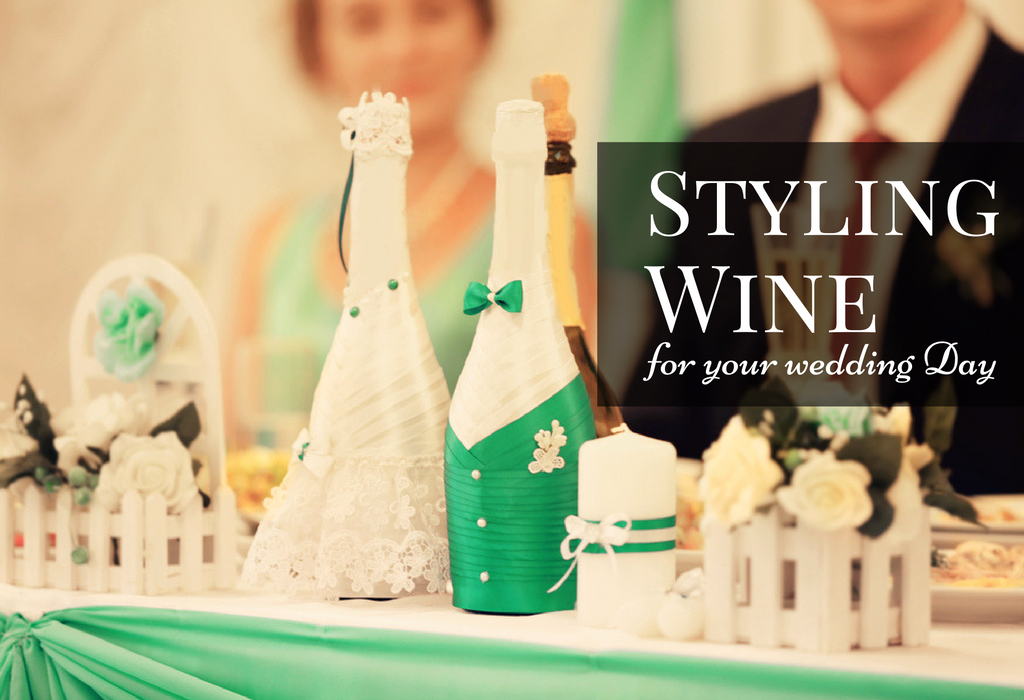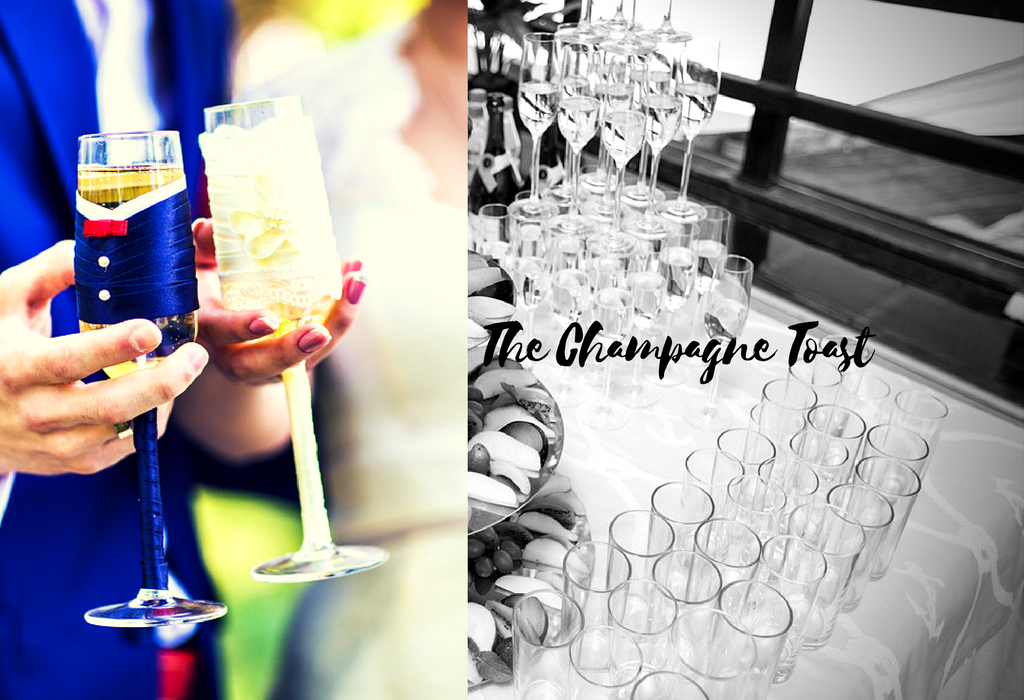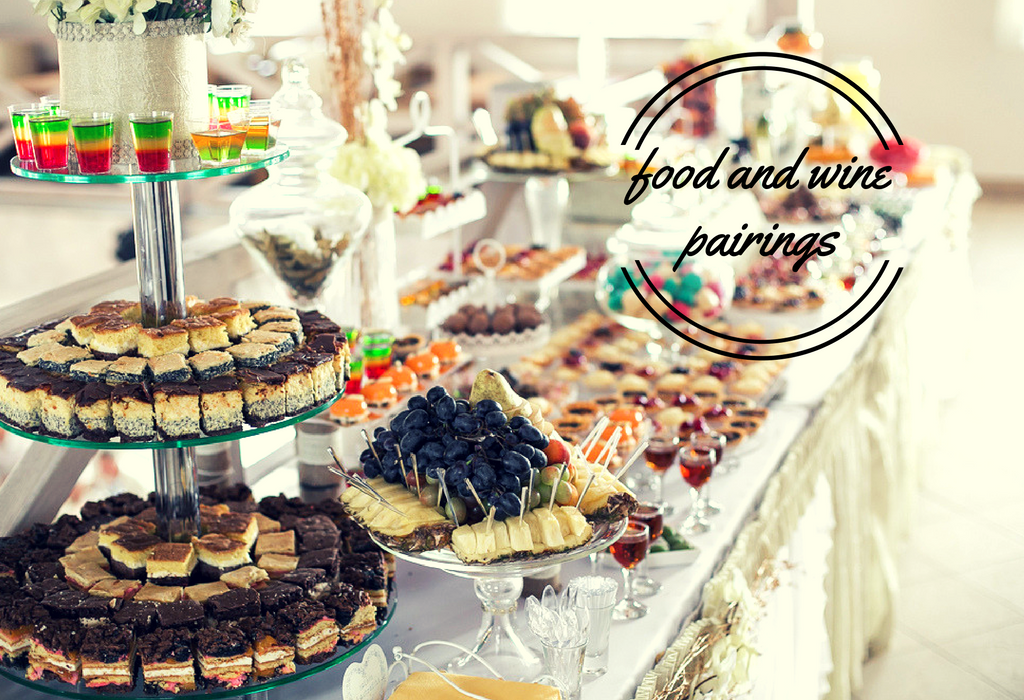How To Select The Perfect Wine And Food For Your Wedding Day
One of the biggest highlights of any wedding is undoubtedly the wine. Have too little, and nobody really has much of a time, too much and chaos is bound to break out. Fine wine is an intrinsic component of a complete wedding, and having just the right amount of it as well as the right type of wine for the occasion is just as important as any other aspect of the wedding.
Learn what types of wine work for weddings and how much to have and you may have a slightly more entertaining wedding than without.
What kinds of wine should you buy for your wedding day?
Before you set off to grab your cases of wine, you should consider at least the following factors:
1. Who will be in attendance?
- More specifically, will there be non-drinkers?
2. What will you be serving for the main dish?
- Rich meaty meals go well with full-bodied red wines.
- If you’re serving fish, consider selecting rosé or light red wine.
3. What time of the day and year is it?
4. What is the overall theme of the wedding?
For this, you have to make one of three major options:
1. Red Wine
Red wine is an instant crowd favourite and is usually responsible for 50-60% of a wedding wine purchase.
What’s even more enthralling about it is it’s pretty easy to deal with leftovers; just save it up for after the wedding and you can just pour yourself a glass as you relax around the house.
2. White Wine
Unless you really know what you are doing or are extremely brave about your wine selection, you should go with the more lightweight wine options for your wedding. You otherwise have two major choices at this point:
A. Zesty White Wines: These are especially good for summer weddings.
B. Oaked White Wines: These are better on a tight budget but equally as good as the former.
3. Dry Rosé
This is an especially great choice if your main entrée is salmon or a similar seafood-friendly reception buffet.
Additionally, rosé wines are perfect for summer weddings and match with a wide variety of dishes including Mexican, Indian and Thai.
Bonus: The Champagne Toast Wine
The Champagne toast is a pretty important part of the ceremony, but bear in mind that most people can’t hold down more than half a glass of sparkling wine, so you shouldn’t worry too much about covering costs – about one bottle for every 8 to 10 people.
How much wine should you buy on your wedding day?
At this point, the time of the year you’re throwing your wedding matters more than ever. For example, people will tend to drink more on summer days (generally hot weather) than say a winter wedding held indoors.
The types of meals you serve at your wedding also greatly determine the kind of wine you should buy. Meaty meals come with more wine drinking, for instance.
A good rule of thumb and generally reliable ideology is to assume the amount of red and white wine drunk will be the same. Having borne that in mind, a good guide to go by would be to divide the number of guests by 2.5. If for example, you have 100 guests, you should get ~46 bottles of wine.
Note, however, that this is a rough estimate and will depend on whether the people at your wedding are big drinkers or not than anything.
The champagne toast
To determine an approximate measure of how much wine you will need for your toast, divide the total number of guests you expect by 7 to 9 (7 for sparkling wine fanatics and 9 for regulars). This should give you enough sparkling wine to pour everyone about three-quarters of a flute.
Add personalisation and flair to your wine bottles and champagne
Personalised wine labels hold magic. Even a simple ‘Thank you for sharing our wedding day’ on a personalised wine bottle label can do the trick. You can experiment as much you want with the labels. Try designs that are part of a matching collection to complement the wedding themes and colours perfectly. You can decorate your wine and champagne bottles to match your place card, table names, food menu etc…Voila!
Food and wine pairings that your guests will love
Perhaps the most overlooked aspect when it comes to wine, wine-food pairing is actually very important and not being able to achieve this could ruin the whole flavour of the wine – basically, some wines are not meant to be drunk with food.
The basics of flavour matching are actually pretty simple (admittedly harder to pull off than merely talking about).
Here are 4 basic profiles that you should work with when thinking about matching food and wine:
1. Regional Pairing
This is the simplest and most rudimental of ideas when it comes to wine-food pairing.
It’s pretty simple; Italian cuisines should be paired with Italian wine or an Oregon pinot noir with cheese from the Willamette Valley. Of course, this method isn’t perfect, but it works most of the time and is the simple and consequently, most effective method.
2. Acidity
The main consideration to make in this case is the acidity of the food. If the wine is less acidic than the food, in all likelihood, the wine will taste flat.
When pairing such a dish with wine, consider the acid balance between the food and the wine. Highly acidic wine pairs well with either fatty or sweet foods,
3. Bitterness
A classic technique is to pair bitter wine (it has lots of tannins) with anything fatty. This works, but isn’t exactly the best approach, having grown somewhat generic over the years. Bitter wine is most effectively paired out with sweet food.
For instance, a red wine such as an Italian Sangiovese with lots of cherry flavours will be perfect to pair with a herbed potato croquette, roasted red tomatoes, and rocket (a classic Tuscan Second). This effectively balances out the acidity in one with the fat of the other, giving rise to a congruent flavour in the dish and wine (tomato and cherry) that elevate each other.
4. Sweet
In what is probably the simplest and most enjoyable pairing, sweet food and/or wine are easily pairable with its opposite counterpart.
For instance, Riesling will go perfectly with Asian foods such as Pad Thai or fried rice for a perfect mix of bitter and sweet that will make your taste buds swim around delightedly inside your mouth.
Ultimately, the amount of wine, the amount of it and the kinds of food you match the wine along with should be up to you and your partner. Pick something you will mutually enjoy the best results.



